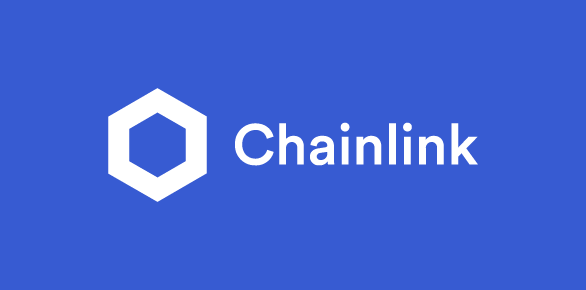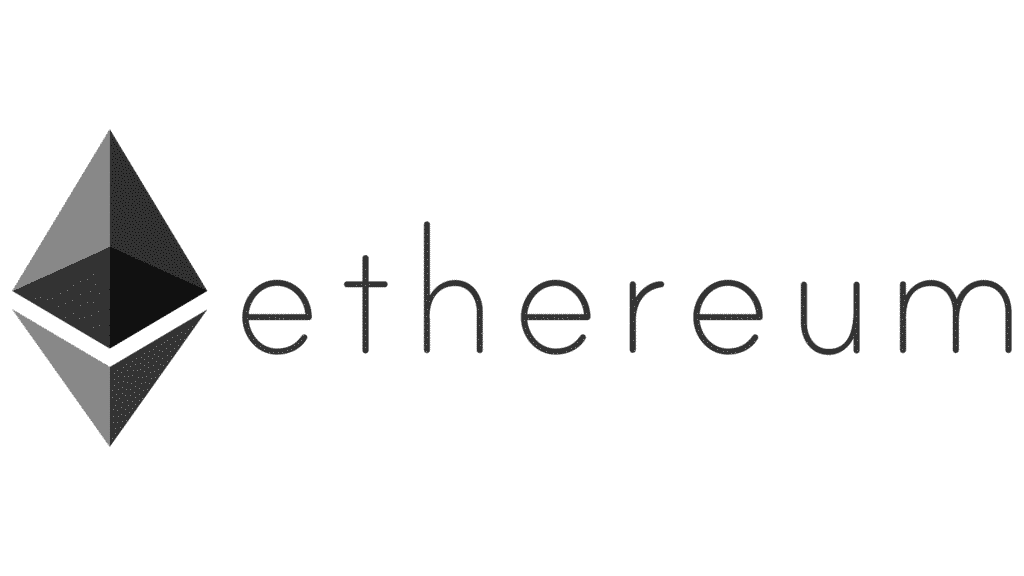As the cryptocurrency landscape continues to expand rapidly, over 20,000 digital assets now circulate in the market. However, only a select few show lasting potential through strong fundamentals, technological utility, and real-world adoption. As we move into a more mature phase of blockchain development in 2025, it’s essential to identify the Best Crypto projects with true staying power.
In this article, we examine five promising crypto projects poised to shape the future of Web3, DeFi, and digital infrastructure.
1. Chainlink (LINK) – Fueling the Real-World Data Economy

- Category: Decentralized Oracle Network
- Market Cap (2025): ~$10B+
- Key Use Case: Secure real-time data feeds to smart contracts
Why Chainlink Has Huge Potential:
Chainlink solves one of blockchain’s most critical limitations—access to off-chain data. Smart contracts, while automated and trustless, cannot interact with real-world information natively. Chainlink’s decentralized oracle network bridges this gap by securely connecting smart contracts with real-time external data across industries like DeFi, insurance, gaming, and more.
Key Strengths:
- Widely adopted by leading DeFi protocols and even traditional finance entities
- Collaborations with enterprises such as Google Cloud and Oracle
- Chainlink 2.0 introduces staking and enhanced decentralization
As demand grows for accurate, tamper-proof data in the decentralized world, Chainlink is becoming the foundation for global Web3 automation.
2. Ethereum (ETH) – The Reborn Smart Contract Giant

- Category: Layer 1 Blockchain
- Market Cap (2025): ~$400B+
- Key Use Case: Hosting dApps, NFTs, DeFi ecosystems
How Ethereum Stays Ahead:
Ethereum continues to dominate decentralized innovation. Its transition to Proof-of-Stake (PoS) through “The Merge” has drastically improved energy efficiency. Upcoming upgrades like Danksharding and Proto-Danksharding (EIP-4844) promise to reduce gas fees and boost throughput, making the network more scalable.
Key Strengths:
- Powers over 70% of all dApps in existence
- Integrates Layer-2 solutions such as Arbitrum and Optimism to enhance scalability
- Enjoys strong institutional support and developer engagement
Ethereum is no longer just a platform—it’s a digital operating system for the decentralized economy. Its regular updates and robust ecosystem secure its place in the future.
3. Render (RNDR) – Decentralizing AI and CGI Rendering

- Category: Decentralized GPU Rendering
- Market Cap (2025): ~$2B+
- Key Use Case: Renting GPU power for 3D rendering, AI, and metaverse tasks
Why Render is a Sleeper Giant:
Render lets users monetize unused GPU power by leasing it to developers, artists, and AI platforms. With surging demand for rendering in AI, metaverse environments, gaming, and 3D design, Render offers a cost-effective, scalable alternative to centralized services like AWS.
Key Strengths:
- Integrated with Apple’s Metal API, Blender Foundation, and OTOY
- Supports advanced use cases in AI rendering, VR/AR, and NFT generation
- Encourages eco-efficient GPU use through decentralized networks
Render’s focus on decentralized GPU computing positions it as a vital player in the rise of immersive technologies and AI-driven environments.
4. Polkadot (DOT) – Driving Blockchain Interoperability

- Category: Layer 0 / Blockchain Interoperability
- Market Cap (2025): ~$9B
- Key Use Case: Connecting multiple blockchains (parachains) under one ecosystem
Why Polkadot Is a Future Kingmaker:
Created by Ethereum co-founder Gavin Wood, Polkadot addresses one of blockchain’s biggest challenges—interoperability. Its design allows various blockchains (parachains) to communicate seamlessly and share security, creating a truly connected Web3 ecosystem.
Key Strengths:
- Hosts dozens of live parachains like Acala, Moonbeam, and Astar
- Uses the XCM protocol for secure cross-chain messaging
- Built-in governance model using DOT staking and voting
As the multichain era takes shape, Polkadot’s interoperability makes it essential for cohesive blockchain development across networks.
5. Celestia (TIA) – Leading the Modular Blockchain Revolution

- Category: Modular Blockchain / Data Availability Layer
- Market Cap (2025): ~$1.5B
- Key Use Case: Providing scalable data availability for Layer-2 solutions
Why Celestia Is a Name to Watch:
Celestia introduces a modular blockchain architecture that separates execution, consensus, and data availability. This makes it easier and more efficient for developers to launch scalable Layer-2 or app-specific blockchains without needing to build consensus mechanisms from scratch.
Key Strengths:
- First-mover in the modular blockchain category
- Highly compatible with Rollups and app chains
- Backed by leading VCs such as Bain Capital Crypto and Placeholder
With the growth of Layer-2 ecosystems and app-specific chains, Celestia’s modular design could become the foundational data layer for future blockchain innovation.
Final Thoughts: The Future Is About Utility and Interoperability IN Crypto World
The crypto landscape in 2025 is no longer driven by speculation—it’s about solving real problems, enhancing global infrastructure, and enabling digital transformation. The five projects discussed—Chainlink, Ethereum, Render, Polkadot, and Celestia—are more than cryptocurrencies. They represent the backbone of next-generation blockchain development.
Whether you’re an investor, developer, or founder, these projects are worth your attention. Their utility, innovation, and real-world integration position them as long-term winners in the crypto space.
I hope this blog post has been informative and helpful. If you have any questions, please feel free to leave a comment below, for more following updates you can also follow us on Facebook, And Instagram or you can visit our website.

